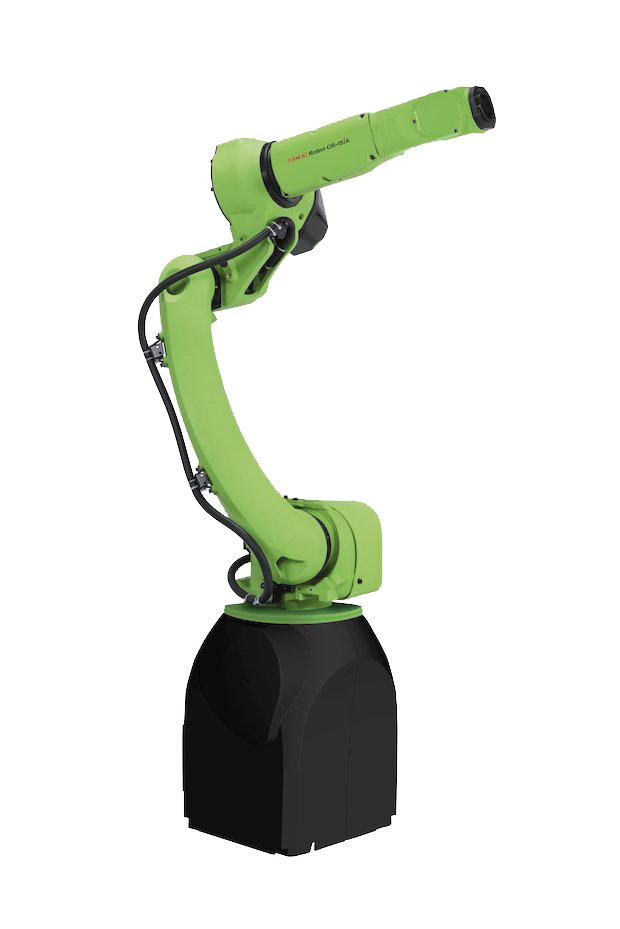Collaborative robots are revolutionizing industrial manufacturing. The ability of cobots to operate alongside or directly assist workers safely without any safety barriers optimizes production related tasks. Higher throughput, productivity, quality, and revenue are some of the major benefits achieved through collaborative robot automation. Companies are taking notice of these benefits as the collaborative robot market has grown exponentially since 2017. Top robotic brands FANUC, KUKA, ABB, and Yaskawa Motoman have all entered the cobot market. While Universal Robots has gained recognition as one of the top exclusive collaborative robot manufacturers. Collaborative robots are versatile, affordable, and intelligent, making them ideal for automating many types of robotic applications across numerous industries. Some of the most common applications for collaborative robots include:
- • Pick and Place - Automated pick and place applications are ideal for collaborative robots. Cobots provide incredible speed, precision, and repeatability ensuring parts are properly handled and transferred. The FANUC CR15ia can be integrated with a gripper and robotic vision to sort parts and place them on a conveyor. The repetitive motions of pick and place tasks will not wear on cobots, while their human counterparts can focus on more creative driven aspects of manufacturing.
- • Assembly - Collaborative robots are capable of fitting parts together, inserting parts, or driving screws for robotic assembly processes. They are capable of assembling small or delicate parts that would be too intricate for human handling. Their force sensors not only prevent collisions with workers, but also provide sensory feedback to determine proper force during the assembly of products. Products are built accurately and with incredible speed with each cycle run.
- • Packaging - Proper packaging is crucial to ensuring products do not become damaged during shipping. Cobots can be used to perform tasks related to automated packaging including boxing products, loading boxes, wrapping products, or placing boxes onto pallets. The high repeatability of cobots prevents packaging mistakes from occurring and makes sure all products are packaged securely.
- • Material Removal - Material removal tasks such as polishing, sanding, deburring, and grinding require great consistency, skill, and force to ensure products achieve a high-quality finish. Automating material removal tasks with a FANUC CR35ia provides the skill and repeatability needed to achieve smooth, uniform workpieces. Material removal can be extremely hazardous to workers with dust, debris, or fumes caused by sanding, grinding, or deburring workpieces. Workers may also suffer strains from continuously operating tooling with repetitive motions which is why automating with cobots is best for material removal.
- • Machine Tending - Deploying a FANUC Cr7ial will relieve your workers from the physical demands and the mundane nature of automated machine tending applications. Cobots can tend CNC, injection molding, and press machines. The repetitive nature of machine tending is ideal for collaborative robots while their sensors prevent collisions with the machinery. The Universal UR5 can be used to tend CNC machines.
- • Welding - While most collaborative robots are associated with material handling applications, they can be used for welding automation as well. Cobots can be deployed for arc, spot, laser, ultrasonic, and plasma welding processes. Automating welding with cobots allows for higher quality and more uniform welds. Errors resulting in material waste and increased costs are reduced with the welding accuracy of cobots. In most cases, however, traditional industrial robots like the FANUC Arcmate 120ic and the Motoman MA1400 are still optimal for robotic welding applications.
